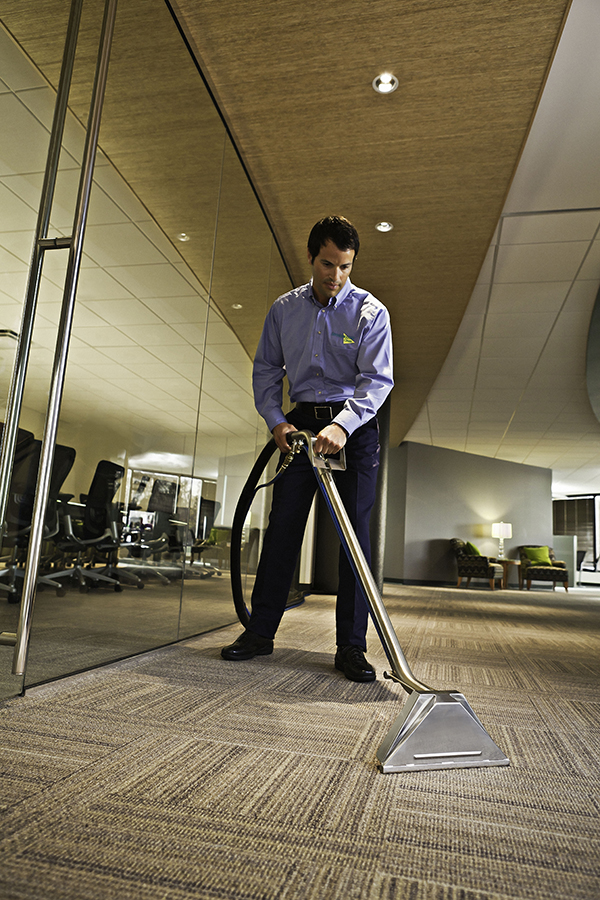Carpets are a popular choice for flooring in homes and offices due to their warmth, comfort, and aesthetic appeal. However, they also require regular maintenance to keep them looking their best. One of the most effective ways to maintain carpets is through the use of carpet cleaners. This article will explore the different types of carpet cleaners, their benefits, and best practices for using them effectively.

Types of Carpet Cleaners
Carpet cleaners come in various forms, each designed to tackle different types of stains and dirt. Here are the most common types:
- Steam Cleaners: Steam cleaners use hot water and steam to penetrate the carpet fibers, loosening dirt and stains. The heat helps to kill bacteria and allergens, making steam cleaning a popular choice for households with pets or allergies. Steam cleaners can be rented or purchased and are effective for deep cleaning carpets.
- Dry Carpet Cleaners: These cleaners use a dry cleaning compound that is spread over the carpet and worked into the fibers. The compound absorbs dirt and stains, which can then be vacuumed away. This method is less labor-intensive and allows for quicker drying times compared to steam cleaning.
- Carpet Shampooers: Carpet shampooers apply a mixture of water and carpet shampoo to the carpet, agitating it with brushes to lift dirt. After cleaning, the machine extracts the dirty water, leaving the carpet cleaner. This method is effective for general cleaning but may require longer drying times.
- Spot Cleaners: Spot cleaners are portable machines designed to tackle specific stains. They often use a combination of water and cleaning solution to treat stains quickly and efficiently. Spot cleaners are ideal for households with children or pets, where spills are common.
- Foam Cleaners: Foam carpet cleaners come in aerosol cans and are applied directly to the carpet. The foam penetrates the fibers and lifts dirt, which can then be vacuumed away. While convenient, foam cleaners may not be as effective for deep cleaning.
Benefits of Using Carpet Cleaners
Investing in a carpet cleaner or utilizing professional cleaning services offers numerous benefits:
- Improved Appearance: Regular cleaning helps to maintain the carpet's appearance, removing stains, dirt, and odors that can accumulate over time. A clean carpet enhances the overall look of a room.
- Extended Lifespan: Proper maintenance can extend the life of your carpet. Dirt and debris can wear down carpet fibers, leading to premature deterioration. Regular cleaning helps to preserve the integrity of the carpet.
- Allergen Reduction: Carpets can trap allergens such as dust mites, pet dander, and pollen. Using a carpet cleaner can help to remove these allergens, improving indoor air quality and reducing allergy symptoms.
- Stain Removal: Carpet cleaners are designed to tackle tough stains that regular vacuuming cannot remove. Whether it’s coffee, wine, or pet accidents, a carpet cleaner can help restore the carpet to its original condition.
- Cost-Effective: While purchasing a Premier Carpet Cleaning cleaner or hiring a professional service incurs a cost, it can save money in the long run. Regular cleaning can prevent the need for costly carpet replacements.
Best Practices for Using Carpet Cleaners
To achieve the best results from your carpet cleaner, follow these best practices:
- Read the Manufacturer’s Instructions: Before using any carpet cleaner, it’s important to read the manufacturer’s instructions. Different machines and cleaning solutions have specific usage guidelines that should be followed for optimal results.
- Test in an Inconspicuous Area: Before applying any cleaning solution to the entire carpet, test it in a small, hidden area. This will help you determine if the solution causes any discoloration or damage to the carpet fibers.
- Vacuum Before Cleaning: Always vacuum the carpet thoroughly before using a carpet cleaner. This removes loose dirt and debris, allowing the cleaner to penetrate deeper into the fibers.
- Use the Right Cleaning Solution: Choose a cleaning solution that is appropriate for your specific carpet type. Some carpets require special care, and using the wrong product can cause damage.
- Follow the Cleaning Pattern: When using a carpet cleaner, follow a systematic cleaning pattern. This ensures even coverage and prevents missing any areas. Typically, a back-and-forth motion is effective.
- Don’t Over-Wet the Carpet: One common mistake is using too much water or cleaning solution. Over-wetting can lead to mold and mildew growth, as well as damage to the carpet backing. Use the cleaner as directed and ensure proper extraction of moisture.
- Allow Adequate Drying Time: After cleaning, allow the carpet to dry completely before walking on it. This can take several hours, depending on the humidity and airflow in the room. Use fans or open windows to speed up the drying process.
- Schedule Regular Cleanings: To maintain the appearance and longevity of your carpet, schedule regular cleanings. Depending on foot traffic and usage, this could be every 6 to 12 months.
Conclusion
Carpet cleaners are essential tools for maintaining the cleanliness and appearance of carpets. Understanding the different types of cleaners available, their benefits, and best practices for usage can help you make informed decisions about carpet care. Regular cleaning not only enhances the aesthetic appeal of your carpets but also contributes to a healthier living environment. By investing time and effort into carpet maintenance, you can enjoy the comfort and beauty of your carpets for years to come.













